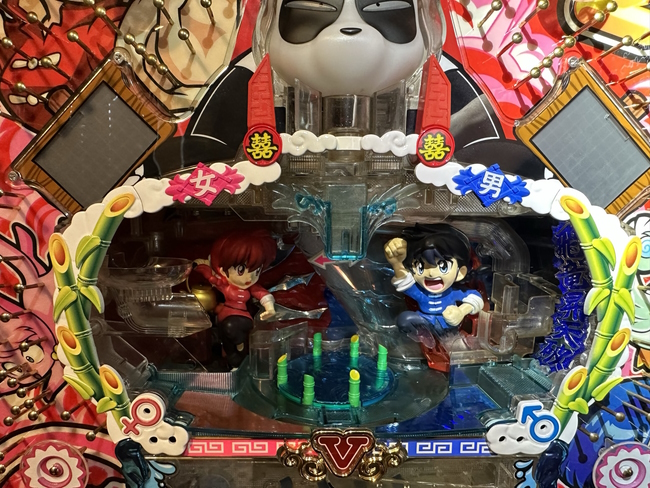-
All Power to the HuCard Slot: The Turbo Everdrive Pro
The NEC PC Engine is an amazing console with an excellent library. It’s also a bit of a mess, with many different models, different capabilities, and different graphical specs; all of which are in fairly high demand. So I’m all for the release of tools that make the system more comprehensible and make its library more accessible: krikzz’s Turbo EverDrive Pro promises to do just that. How does it hold up to the weirdest stuff in my PC Engine collection?
-
Sega 3-D Glasses: How did they work?
Most people have two eyes, allowing for a stereoscopic view of reality.[citation needed]. Nevertheless, video games are generally designed to run on monitors with a single screen, viewed from a distance, so three-dimensional effects have to be done with perspective and other techniques. But of course, many ways have been made to give a true stereoscopic view; from the 3DTV fad of the early 2010s, to the Nintendo 3DS’ glasses-free parallax barrier. But how did systems in the primitive days of 8-bit consoles do it? Let’s ask Sega!
-
Another Weird Cartridge! Why doesn't it have a label?
So one thing I like to do on this blog is take a look at weird unlicensed cartridges. Who can forget the game-bending Ranma 1/2 cartridge? And of course the arcade bootlegs are just as weird. Let’s take a look at another weird one I’ve found! Surely there’s no dark secrets here! Don’t look at the date!
-
RGB Modding the SG-1000 II! Is it worth it?
The SG-1000 II is often just considered the SG-1000 in a different box. And that is somewhat true! There are no games exclusive to the SG-1000 II. No graphics modes. No sound features. But yet, this variant of Sega’s first console features huge changes, and its DNA probably continued to echo down the Sega lineage to the Genesis. How so? And will an RGB mod always solve your problems?
-
Can Pachinko be Skill-based? Taking a look at Hanemono
When I looked at vintage pachinko, I speculated that pachinko isn’t as popular in the United States now as it was in the 1970’s because the automatic shooter made it too distant from pinball. But that’s just speculation; I have to try things for myself. And I’ve decided to look at a type of pachinko that doesn’t get as much attention in the west: the hanemono, or wing-type. But as for the question in the title, well, remember Betteridge’s Law. BONUS: The robot apocalypse!
-
Every Graphics At Once: Nintendo's Popeye
I’ve made some modern games in retro style, and one thing people will always tell you is, make sure your pixels are the same size. When your base resolution is 1080p, it’s pretty easy to accidentally include sprites scaled differently or at different resolutions; and most retro systems like the NES and Genesis only had one possible pixel size. But all rules are made to be broken– Nintendo brought out a system with three pixel sizes. Powered by spinach.
-
Vintage Pachinko: Going Back and Forth Across the Pacific
Did you know: I like pinball! Pinball’s a game with a long history over which the game has changed a lot; its earliest antecedent, bagatelle, was an attempt by pre-Revolution French aristocrats to play bowling indoors using a billiards table. And as the game’s traveled the world, it gained elements and was shaped by its environment. Not only by the taste of players, but also by government regulation– nowhere is that more clear than in Japan. Let’s take a look at vintage pachinko. BONUS: Sega!


